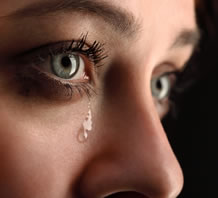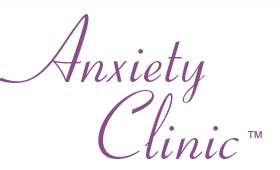Body Dysmorphic Disorder Symptoms
Body dysmorphic disorder symptoms are easy to spot. BDD symptoms manifest in three ways - psychologically through obsessive thoughts, emotionally through anxiety and dissatisfaction and physically through compulsive behaviours. You don't have to suffer with all the body dysmorphic disorder symptoms in order to be diagnosed with BDD, however the more BDD symptoms you have - the more likely you'll have the disorder.
Body Dysmorphic Disorder - Psychological BDD Symptoms...
Perhaps one of the most telling symptoms of BDD is that of obsessive thinking. The sufferer repeatedly thinks about, focuses on and checks a particular part of their body. The obsessive thought processes can advance to encompass playing out various scenarios with respect to social situations, recounting previous conversations and encounters and worrying about what may happen in the future with respect to the sufferers perceived flaw (often speculating with regard to the responses of other people).
In more severe cases relentless unsolicited thoughts can bombard the sufferer causing emotional distress. The cycle of unsolicited obsessive thoughts is self perpetuating. Fuelled by anxiety and other strong emotions the brain repeatedly generates unpleasant thoughts often against the will of the sufferer. No amount of logic or rationalisation will stem the flow of BDD thoughts.
Body Dysmorphic Disorder - Emotional BDD Symptoms...

The emotional symptoms of body dysmorphic disorder can include (but are not limited to):
- Anxiety
- Dissatisfaction
- Self-loathing
- Insecurity
- Fear
- Depression
- Nervousness
- Restlessness
It is commonly assumed by sufferers that the reason for their emotional turmoil is BECAUSE of the body part flaw. However, this is not the case. Emotions are a by-product of thought processes - nothing else. Thus the feelings (emotional responses) are actually caused by THINKING about the body part, rather than the body part itself. If you've not already read our BDD Page, there's plenty of high quality original information to help you understand how your emotions are created (and what you can do about it).
Body Dysmorphic Disorder Physical & Behavioural BDD Symptoms
As body dysmorphic disorder progresses, physical and behavioural symptoms become apparent. These tend to start with repetitive checking of the body part. Touching and otherwise scrutinising the body part in great deal is common.
Other behaviours include excessive grooming and the sufferer compulsively checking their reflection in mirrors and other reflective surfaces. Sufferers can also display concealment behaviours in public either using clothes or makeup to physically obscure their body part. It is also common for sufferers to use their posture or location (for example sitting in dimly lit corner) to obscure their body part from public view.
If you're serious about understanding how body dysmorphic disorder works and want to recover - go to our BDD Page now




